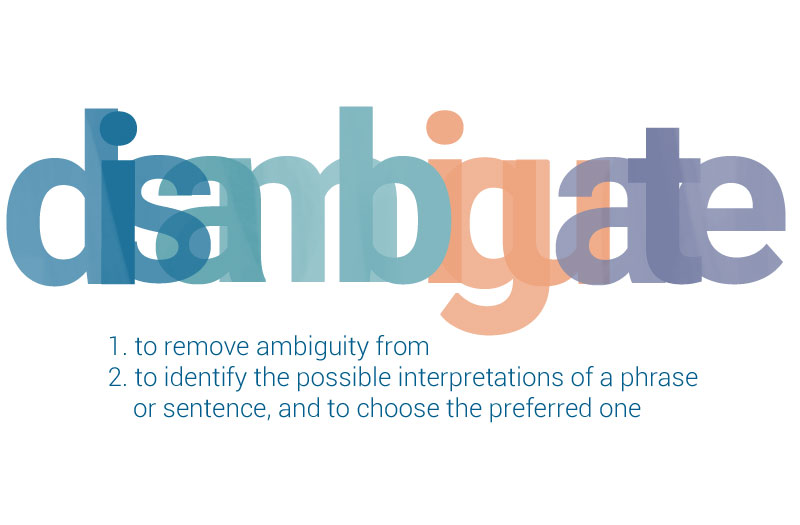 Writers of all kinds are often advised to have someone look at their work before they publish it, post it, submit it or otherwise share it. Such readers are typically colleagues or friends who can spot a missing word or fix a misplaced piece of punctuation.
Writers of all kinds are often advised to have someone look at their work before they publish it, post it, submit it or otherwise share it. Such readers are typically colleagues or friends who can spot a missing word or fix a misplaced piece of punctuation.
For documents that really matter, however, it is best to engage a professional editor. Based on our expertise, there are three things that editors see which a more casual reviewer will not.
1. Editors see what is there
We read your words. Every one of them. More than once. We do this carefully, even scrupulously. We note the content of your document. We see its scope and shape. We observe its complexity and texture. We go further, discerning patterns and repetitions, recognising rhythms and inconsistencies.
We perceive the meaning you aim to convey and assess how well you have achieved this. We engage with your turn of phrase. We enjoy your use of metaphor but we are also attuned to your grammatical quirks. We detect those regular errors you make that can distract your reader and dent your expression. (Fortunately, we know exactly how to address those. It’s all part of our brilliance. Also our charm.)
Most of all, we see – and believe me, we appreciate – the effort and dedication you have put into your work. We see it and we respect it. That’s why we give your words the care they deserve.
Yet this is just the beginning.
2. Editors see is what is not there
It might be as simple as a subheading or as necessary as an explanation. Maybe it’s a definition that will make clear your use of a certain term, or a lively example to illustrate the point you are making. Perhaps your character needs a bit more backstory to reveal more clearly why she acts in the way she does. Or it could be that you need to be a little more generous with your commas, or include a few additional transition signals to guide your reader easily from one idea to the next.
Whatever is missing from your text and is diminishing the effectiveness your message, we will see.
We know good writing. We know how it works. We can tell if your words are behaving at their best and can identify what is lacking when they’re not. We know what to do to improve them.
But even that’s not all.
3. Editors see what could be there
This is where the magic happens. This is your editor’s gift.
It’s the ability to envision just how good, indeed how very much better your writing could be. It’s the belief that your words and your message are important enough to resound more meaningfully.
From our appraisal of what appears in your writing and what is absent from it, we know and can show you how to reach that level of excellence.
Sometimes the slightest adjustment is all that is required. Other times, our skill lies in finding the gem in the midst of the mess and holding it close while transforming the rest.
These three kinds of insight set professional editors apart from all your other readers. They enable us to distinguish writing that is good enough from writing that truly shines. If your words matter, having them professionally edited does too. Want to see the difference?
Have you worked with a professional editor? What insight did that editor bring to your writing?
 It happened in an art gallery. Of course. Amid the burble of opening night chatter, surrounded by inspiring artwork, an idea arrived surprisingly in my mind.
It happened in an art gallery. Of course. Amid the burble of opening night chatter, surrounded by inspiring artwork, an idea arrived surprisingly in my mind.